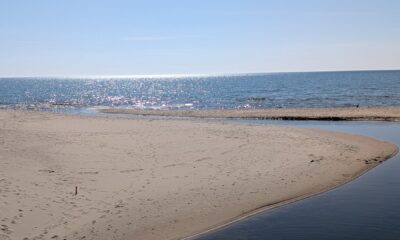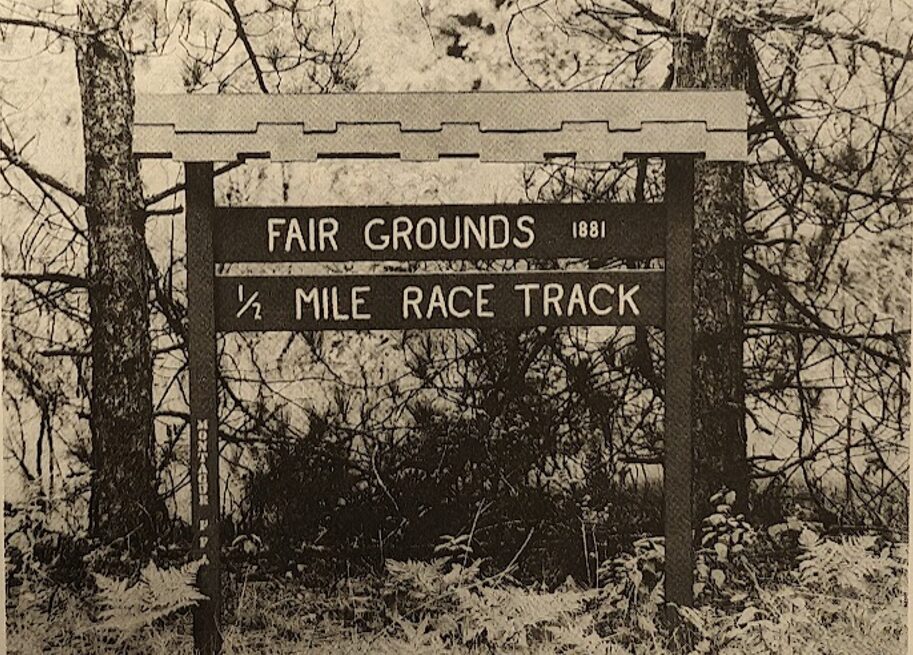
In 1881, amidst the backdrop of a rapidly changing nation, the small community of White Lake witnessed the birth of the West Oceana Agricultural Society. This organization, founded during a period when James Garfield had narrowly won the presidency of the United States, sought to provide a much-needed diversion for the burgeoning mill owners and businessmen of the area.
Lumber Industry Boom
White Lake was experiencing a boom in the lumber industry, with no less than 28 mills surrounding its four-mile-long expanse. The success of the timber trade brought prosperity and with it, a desire for entertainment and competition. Thus, the Agricultural Society was born, thanks to the generous donation of 40 acres of land by C. H. Cook. This land, situated on Whitbeck Road just west of the city, became the site of the society’s first building and its centerpiece, an unassuming quarter-mile clay race track.
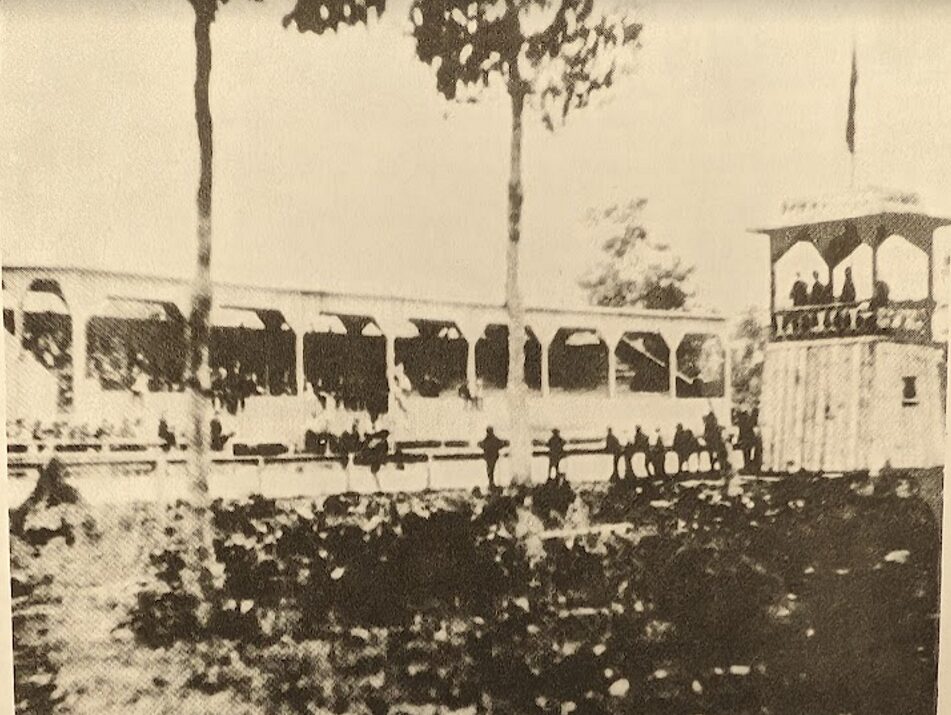
Society Leadership
The society’s early officers, including notable figures like J. B. Watson, B. M. Durham, and C. M. Huston, among others, were all prominent members of the community. They organized fairs and races that quickly became popular, drawing large crowds and igniting the competitive spirit of the locals. The race track, though modest in appearance, was the stage for many memorable events. Impromptu races often extended from the top of Franklin Hill to the corner of Whitbeck Road and the cemetery, with participants vying for the pride of having the fastest horse.
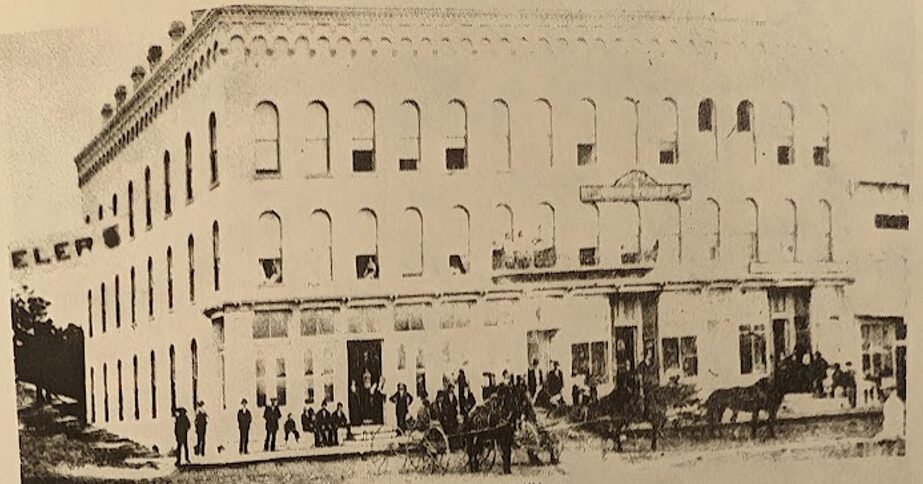
Racing at the fairgrounds wasn’t just about speed; it was about community pride and the thrill of victory. Each participant sought to own that special horse that could outrun the rest, making race days filled with high spirits and large wagers.
End of an Era
However, this golden era was short-lived. The relentless lumbering activities eventually stripped the land bare, leading to the decline of both the lumber industry and the vibrant racing culture it had supported. By 1905, with President Roosevelt advocating for the preservation of natural resources, the once vast timberlands of Michigan had been depleted. That same year, the fairs ceased, the buildings were dismantled, and the joyous sounds of race days faded into history.
Today, the legacy of the West Oceana Agricultural Society fairgrounds is almost entirely erased, save for a few traces of the old track and a young pine plantation. Yet, there’s a nostalgic belief that on a quiet, sunlit summer day, one might still hear the distant echoes of horses and the cheers of a bygone era, bringing the past momentarily back to life.
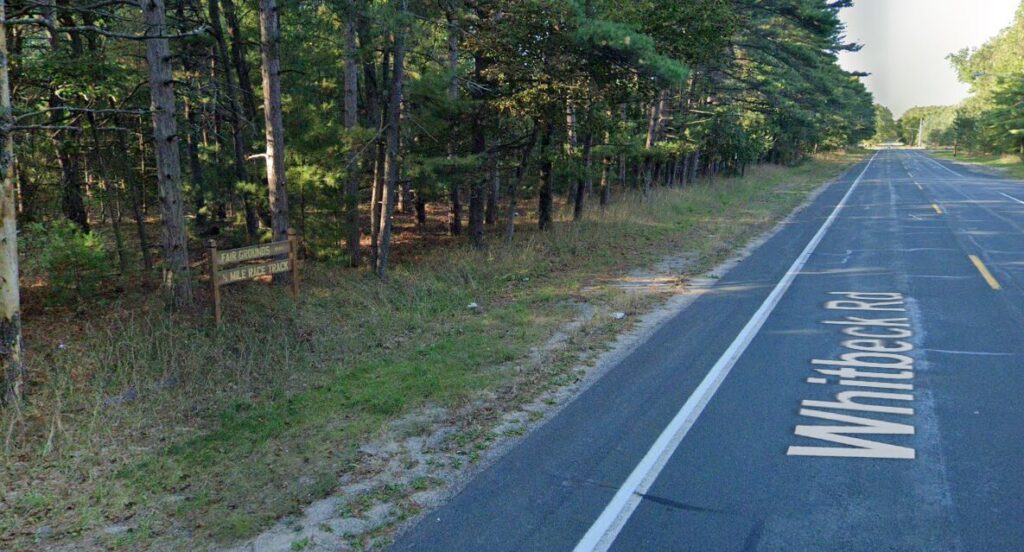
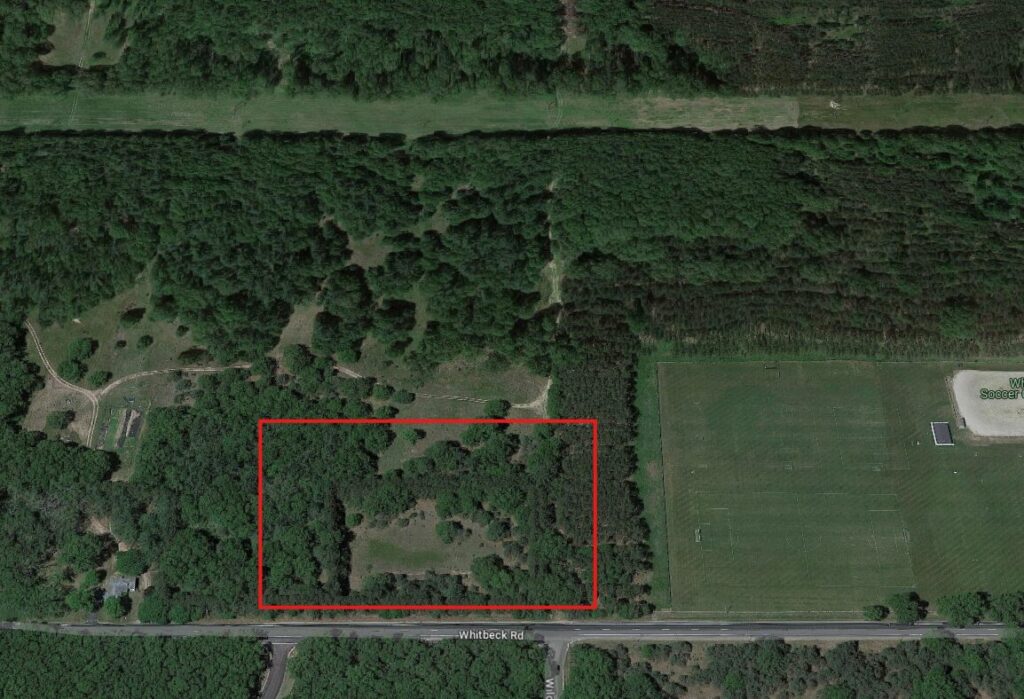
As we deliver articles weekly, I challenge you to be curious, explore the local area, and take pictures at these historic locations, and tag CatchMark Community.
Next week we will explore The spooky history of Mouth Cemetery. If you enjoy history and like our content please like and subscribe to our online resources. Also, check out the White Lake Area Historical Society website listed below.
http://www.whitelakeareahistoricalsociety.com/
https://www.facebook.com/CatchMarkCommunity
Brent is the Managing Partner of CatchMark Technologies and a seasoned technologist with over 25 years of experience in IT leadership, cybersecurity, and technical operations. He began his career serving in the U.S. Army, where he worked extensively with electronics—laying the foundation for his lifelong passion for technology and problem-solving. Brent holds a Certified Information Systems Security Professional (CISSP) certification and currently leads CatchMark’s Cybersecurity and Tech Support teams. Known for his strategic thinking and hands-on expertise, he excels in guiding secure, scalable solutions and driving innovation across complex technical environments.
Must See
-


Community
/ 2 hours agoWhitehall Township Board Meeting Recap – June 23, 2025
The Whitehall Township Board held its regular monthly meeting on Monday, June 23, 2025,...
By Kara Raeth -


Arts/Entertainment
/ 8 hours agoWhite Lake Live Music: June 23–29 Lineup
It’s a big week for local music fans! 🎶 Eight Whitehall and Montague venues...
By Amy Yonkman -


Community
/ 2 days agoHunters and Anglers: Urban Deer Hunting in Whitehall and Montague
WHITEHALL & MONTAGUE, MI — As deer populations continue to rise across West Michigan,...
By Kara Raeth






